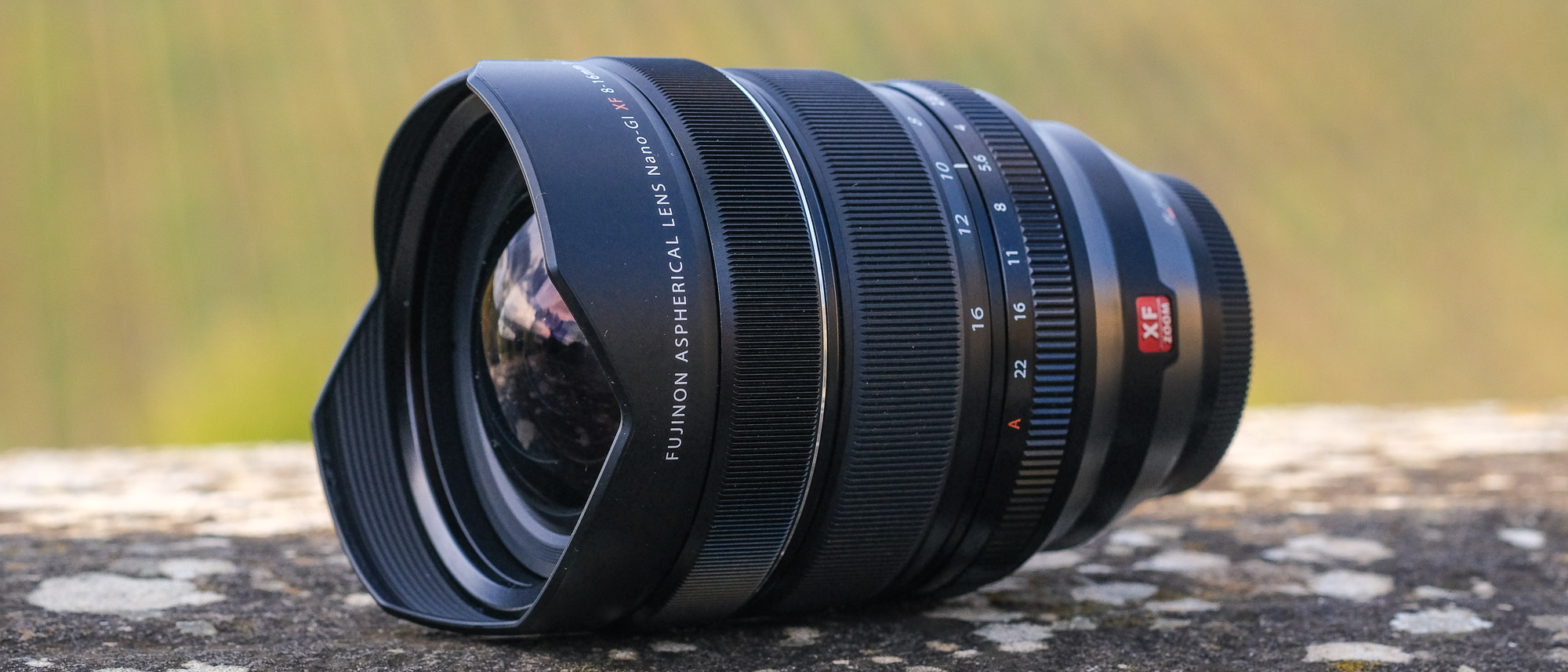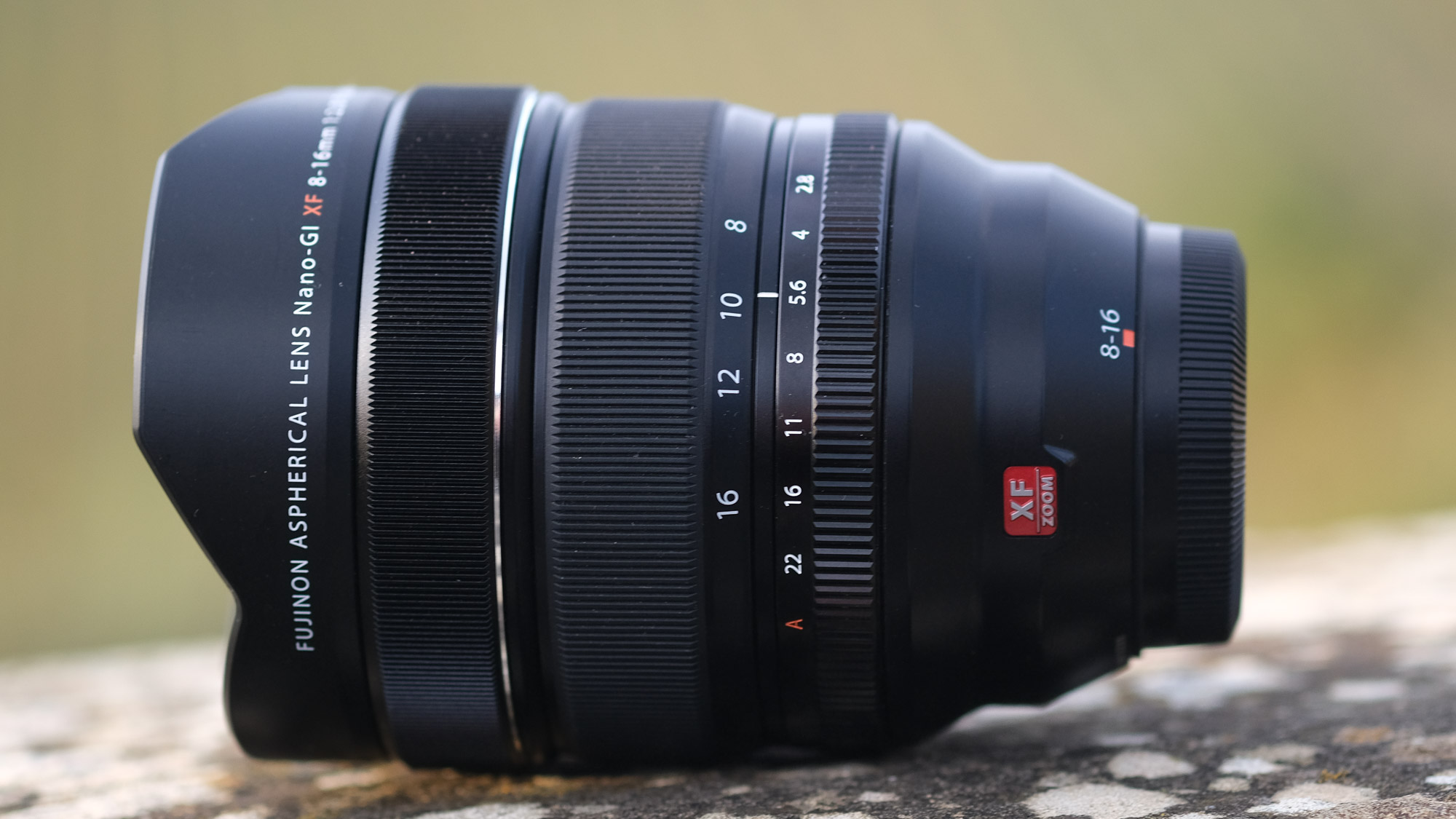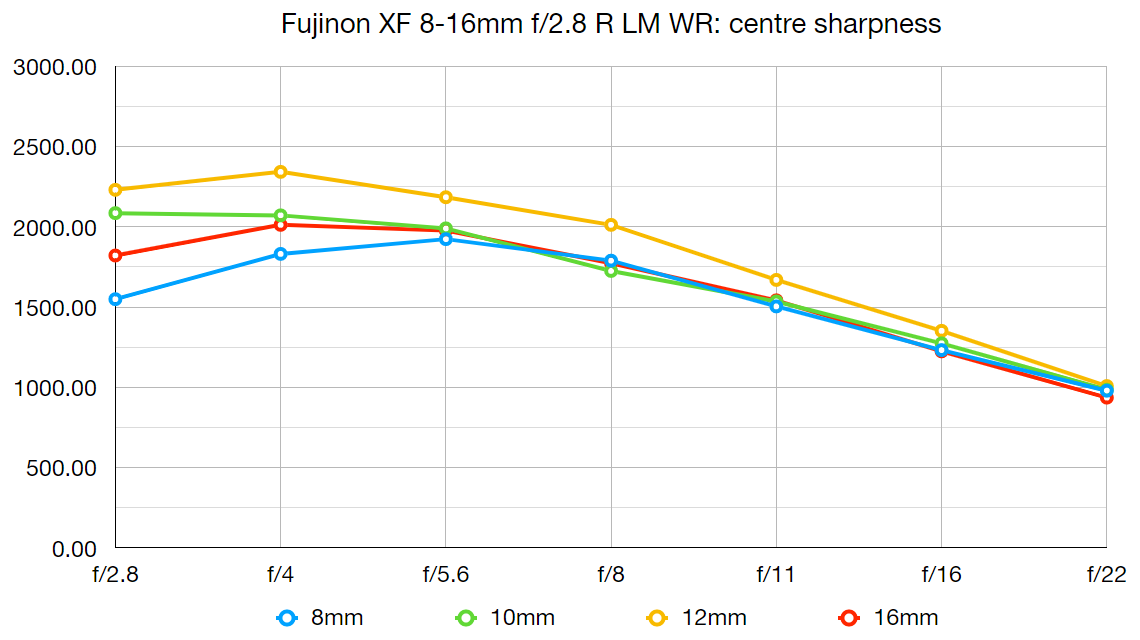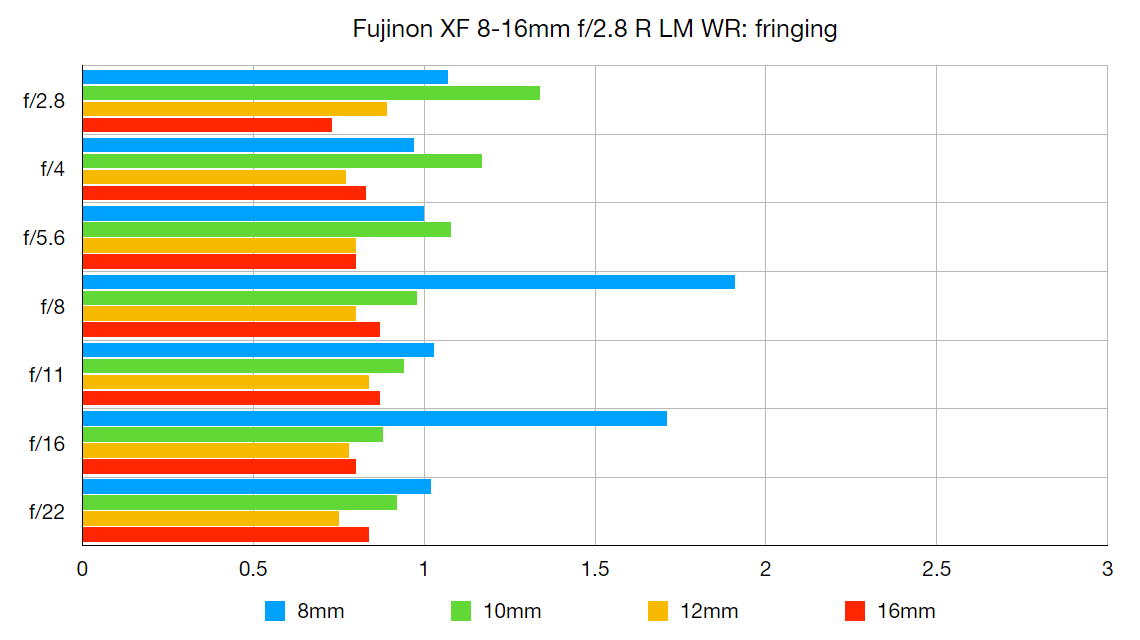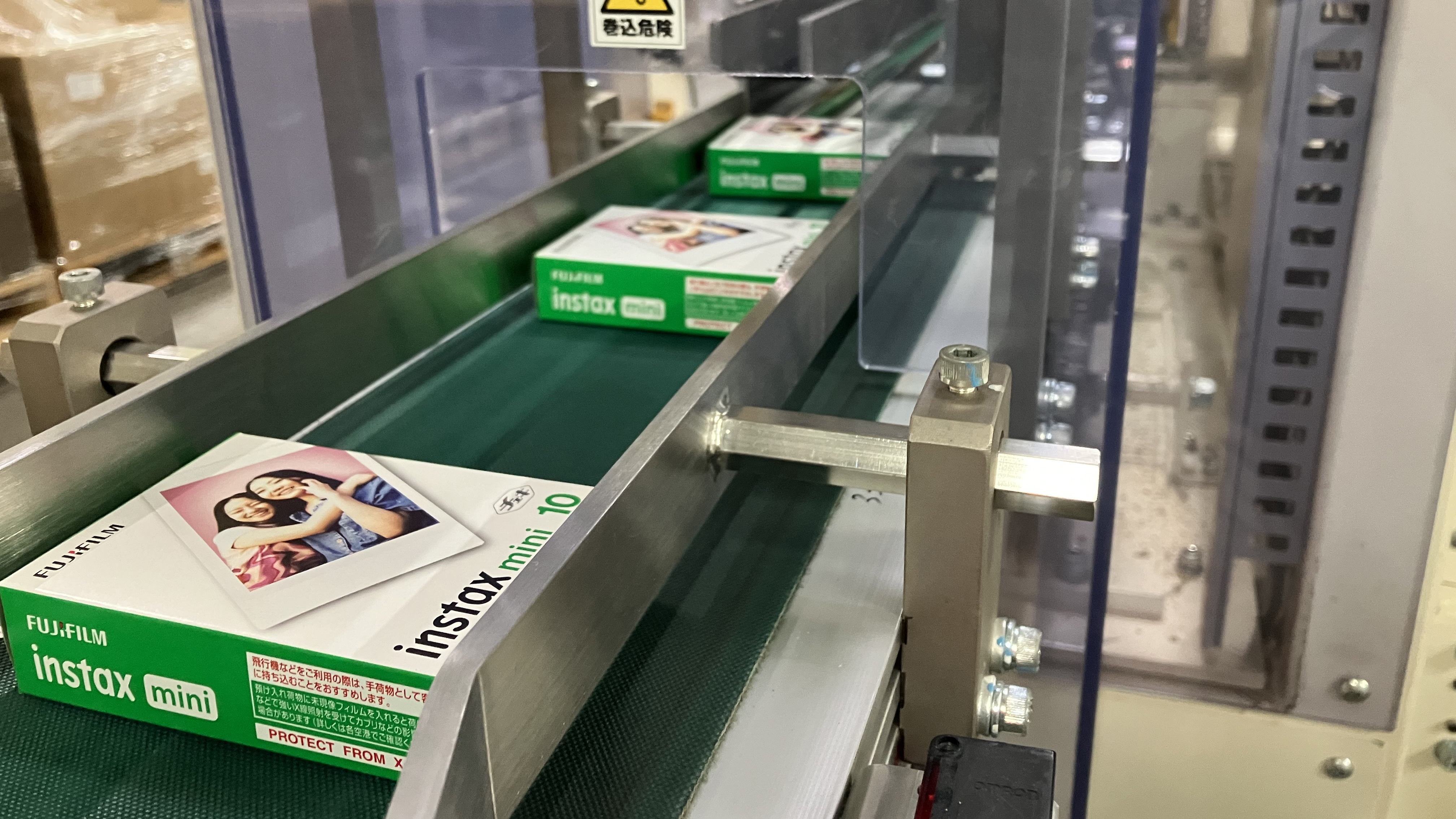Digital Camera World Verdict
When you first see, and handle, the XF 8-16mm you are likely to be put off by its size. But when you put the zoom to the use it was made for, it performs wonderfully – thanks to a well-thought out design - and you soon forget about the size and weight. More importantly, this lens offers a range of ultra-wide focal lengths that no other X-mount zoom can offer - making it a unique option for anyone who needs something for use in confined spaces. For interiors, or for city architecture, this lens is unparalleled. But the images it shoots are impressive too - making this a lens that you can easily fall in love with, despite its appearance. The price is high... but for the focal length range, and for the wide maximum aperture, the cost is justifie
Pros
- +
Extreme wide-angle range
- +
Autofocus performance
- +
1/3 stop aperture detents
- +
Beautifully built lens
Cons
- -
This is a BIG lens
- -
... and expensive
Why you can trust Digital Camera World
If you are a Fujifilm X-series camera user, then you just can't get a zoom that offers you a wider view than the Fujifilm XF 8-16mm f/2.8 R LM WR. And because of that, you can understand why people can fall in love with a lens that is quite so big, and so expensive.
Main competition for this lens comes form the more affordable Fujifilm XF10-24mmF4 R OIS - which is about half the weight, and which (unlike the XF 8-16mm) has built-in stabilization. However, although the difference between the 8mm and 10mm maximum wide-angle settings of these two zooms sounds insignificant, in practice the coverage is very noticeably greater. And this makes this lens much more of an option for subjects such as interiors and architecture.
The XF 8-16mm, however, is not the widest option for the Fujifilm X-mount... Another wider (and even cheaper) option is the Laowa 9mm f/2.8 Zero D. However this lacks autofocus, forcing you to focus manually, and (because it is a prime) always forces you to tweak framing by moving your feet.
Handling
Fujifilm XF 8-16mm f/2.8: Handling
We had a couple of days trying out the Fujifilm Fujinon XF 8-16mm F2.8 R LM WR on a trip to Florence - trying out on the new Fujifilm X-Pro3 and the Fujifilm X-A7. Weighing in at 805g, and with a diameter of 88mm, this lens dwarfed both of these cameras in a way that you don't usually expect from a wide-angle. But despite this, the lens still remained remarkably manageable. This zoom gives you plenty to hang on with, beautifully engineered zoom, focus and aperture rings to get a grip on as you use the lens.
Thanks to the 1.5x crop factor provided by the APS-C sensor used in the Fujifilm's X-mount mirrorless cameras, the effective focal length of this lens is 12-24mm, which has been a favorite focal length range on full-frame DSLRs for years.
The lens gives a constant f/2.8 maximum aperture that helps explain the weight and girth of the lens. There is a lot of glass inside this lens casing!
The front element is a bulbous affair - which means that screw-in front filters are out of the question. But because of this, the lens has a substantial petal-shaped lens hood that is fixed in place - which not only does an excellent job of eliminating flare, but also ensures you don't need to worry about scratching the glass. The lens cap uses a cup-like design that needs to be oriented to the right angle to clip into the petals of the hood.
The best camera deals, reviews, product advice, and unmissable photography news, direct to your inbox!
The aperture offers third stop detents for exposure and depth of field control (although there is no stepless option for moviemakers).
Specs
Fujifilm XF 8-16mm f/2.8: Specs
Model number: Fujinon XF8-16mmF2.8 R LM WR
Mount: Fujifilm X
Lens construction: 20 elements in 13 groups
Angle of view: 83-121° degrees
Effective focal length: 12-24mm
Diaphragm blades: 9
Maximum aperture: f/2.8
Minimum aperture: f/22
Minimum focusing distance: 0.25m
Maximum magnification ratio: 0.1x
Filter size: n/a
Image stabilization: no
Dimensions: 88x121.5mm
Weight: 805g
Fujifilm XF 8-16mm f/2.8: Sample images
Sample images
Lab data
Fujifilm XF 8-16mm f/2.8: Lab results
Lab data
Sharpness:
Centre-frame sharpness is excellent throughout the zoom range, from wide open through to f/11. Corner sharpness is statistically much softer, however our sharpness tests are conducted by shooting test charts at fairly close range. Any ultra-wide lens will always struggle to maintain good corner sharpness in this scenario, and the Fujinon XF 8-16mm f/2.8 performs much better in real world shooting.
Fringing:
Chromatic aberration is minimal at all focal lengths and aperture settings - it's barely noticeable in real-world shots - particularly impressive for a fast ultrawide lens.
Distortion:
The lens produces little to no visible distortion throughout its focal range. However, Fujifilm cameras automatically apply lens distortion correction to Raw files, and it can't be disabled, so these results don't necessarily show the true degree of the lens's optical distortion before in-camera correction irons it out.
Verdict
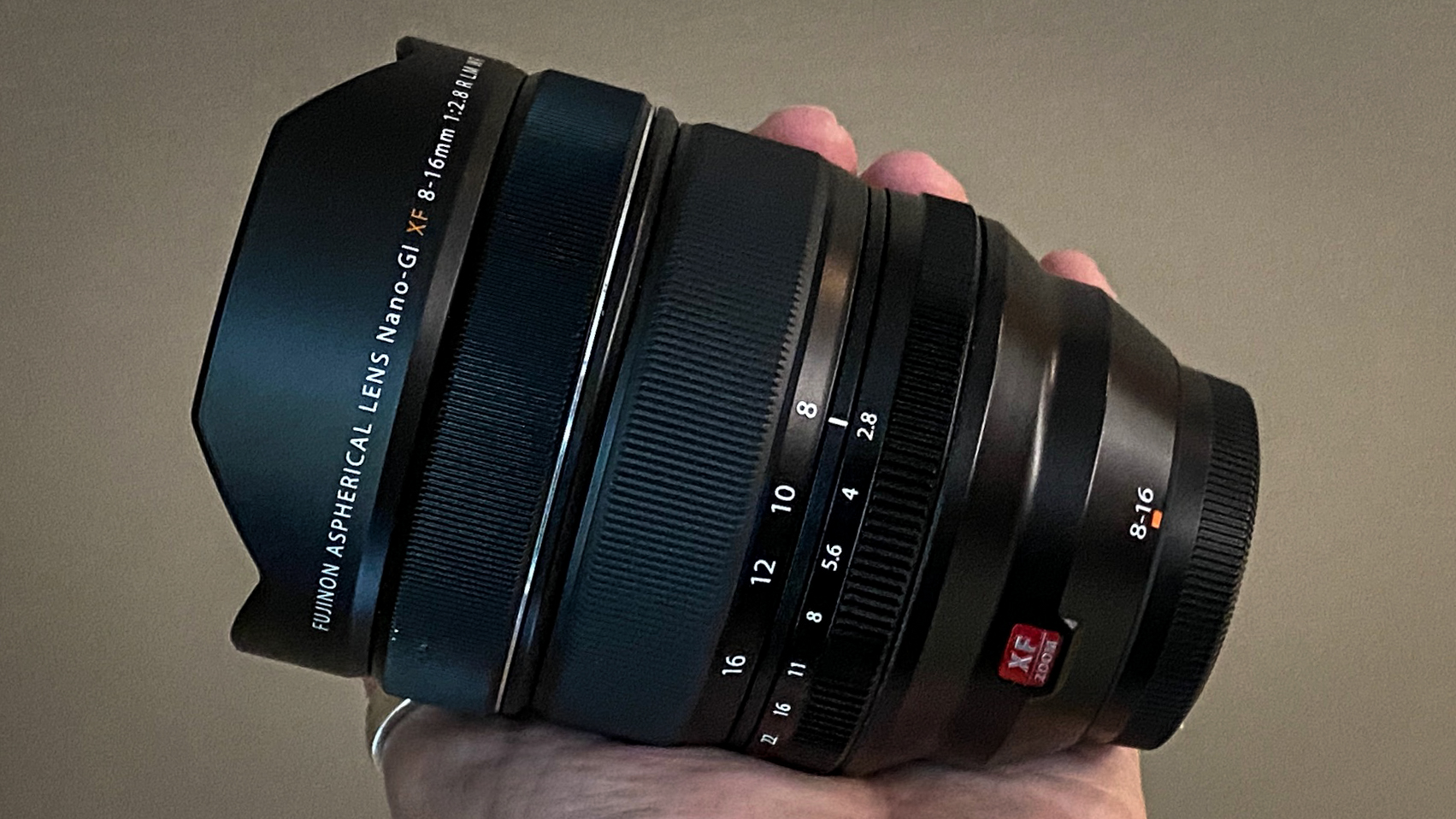
When you first see, and handle, the XF 8-16mm you may well be put off by its size. But when you put the zoom to the use it was made for, it performs wonderfully – thanks to a well-thought out design - and you soon forget about the size and weight. It is probably a better match of a camera like the X-T3 with a grip, but it is equally usable on the smallest of Fujifilm mirrorless bodies.
More importantly, this lens offers a range of ultra-wide focal lengths that no other X-mount zoom can offer - making it a unique option for anyone who needs something for use in confined spaces. For interiors, or for city architecture, this lens is unparalleled. But the images it shoots are impressive too - making this a lens that you can easily fall in love with, despite its appearance.
The price is high... but for the focal length range, and for the wide maximum aperture, the cost is justified.
Read more:
The best Fujifilm cameras
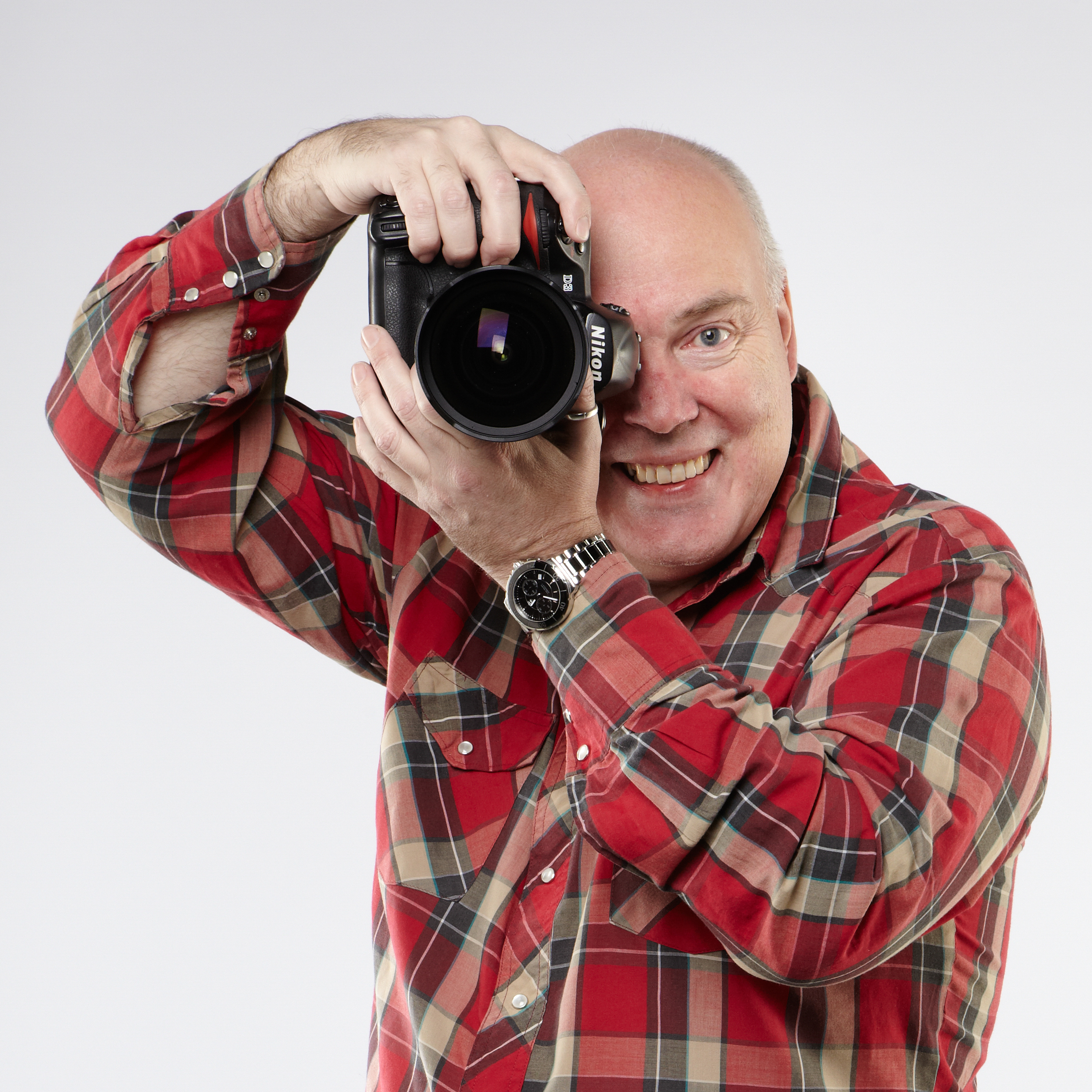
Chris George has worked on Digital Camera World since its launch in 2017. He has been writing about photography, mobile phones, video making and technology for over 30 years – and has edited numerous magazines including PhotoPlus, N-Photo, Digital Camera, Video Camera, and Professional Photography.
His first serious camera was the iconic Olympus OM10, with which he won the title of Young Photographer of the Year - long before the advent of autofocus and memory cards. Today he uses a Sony A7 IV, alongside his old Nikon D800 and his iPhone 15 Pro Max.
He is the author of a number of books including The Book of Digital Photography, which has been translated into a dozen different languages.
In addition to his expertise in photography and videomaking, he has written about technology for countless publications and websites including The Sunday Times Magazine, The Daily Telegraph, What Cellphone, T3 and Techradar.
